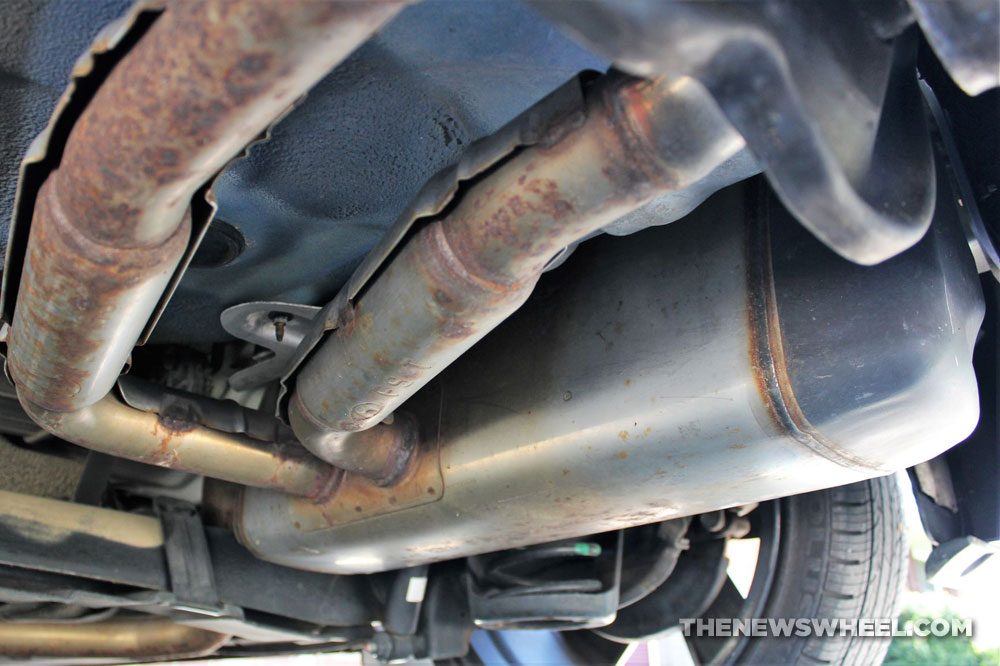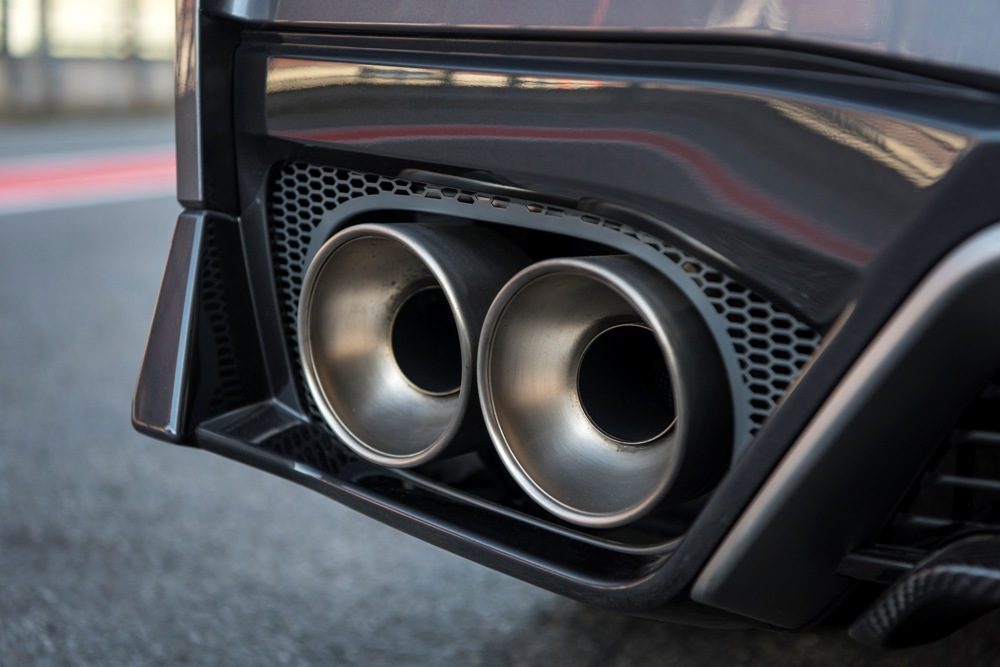Why Does My Car Have Dual Exhaust?
The purpose and benefits of dual-exhaust systems explained

If you drive a sportier car, it might have two tailpipes poking out from underneath the rear bumper instead of just one. These metal tubes are part of your car’s exhaust system, and if there is a pair of pipes present, that means your car has a dual exhaust system.
To understand the purpose of dual exhaust and its benefits, it’s important to know how an exhaust system functions.
Protect Your Purchase: Essential ways to care for a recently purchased pre-owned car
What is the exhaust system for?
The purpose of an automotive exhaust system is to empty the car’s engine of fumes produced through the combustion process to power the vehicle. Those gases are removed from the motor chambers and travel underneath the car through the exhaust system, where they collect and exit the vehicle through a tailpipe underneath the rear bumper. The faster those gases are removed, the faster new, fresh air can enter the engine cylinders and continue the combustion process.
Most cars have a single pipeline that routes all the exiting fumes through a single channel. If a vehicle has a larger engine that produces more horsepower, it probably uses two channels to remove fumes from the engine quicker.

How engines benefit from dual exhaust
The more burnt gases that can be removed from the engine — and the faster they can exit — the better. It lets the engine “breathe” better and burn gasoline at a higher rate to produce more power. Some vehicles accomplish this by having a single-channel exhaust with a wider pipe diameter, but other cars — especially those with low ground clearance — split the system into dual channels that let twice as much exhaust escape at once.
In addition to offering improved breathing for performance, the extra airflow of dual exhaust systems also puts lets stress and pressure on the exhaust system itself, spreading the gases throughout two separate channels and through two separate mufflers.
Coverage for the Unexpected: A guide to understanding the types of warranties on used cars
Dual exhaust vs. dual exit
Just because your car has two tailpipes doesn’t mean it has a dual exhaust system, though. A true dual exhaust system has two separate exhaust channels that run the length of the vehicle. These stem from the engine itself, which has two exhaust manifolds, each removing gas from different cylinders (for instance, V engines have one exhaust manifold for each half of the V).
A dual exit exhaust system actually only has one exhaust manifold that empties into a single exhaust channel down to the muffler, where the muffler splits into two tailpipes. This gives two exit channels from the muffler instead of a single pipe, but the exhaust system itself is technically still a single exhaust system.
Having two tailpipes keeps the pressure from building up in the muffler, but it doesn’t usually affect the air output from the engine itself. In fact, some dual exhaust systems actually also have dual exit mufflers, resulting in four tailpipes.
If you want to drive a powerful car that accelerates rapidly and produces a lot of horsepower, make sure it has a true dual exhaust system.
Aaron is unashamed to be a native Clevelander and the proud driver of a Hyundai Veloster Turbo (which recently replaced his 1995 Saturn SC-2). He gleefully utilizes his background in theater, literature, and communication to dramatically recite his own articles to nearby youth. Mr. Widmar happily resides in Dayton, Ohio with his magnificent wife, Vicki, but is often on the road with her exploring new destinations. Aaron has high aspirations for his writing career but often gets distracted pondering the profound nature of the human condition and forgets what he was writing… See more articles by Aaron.

